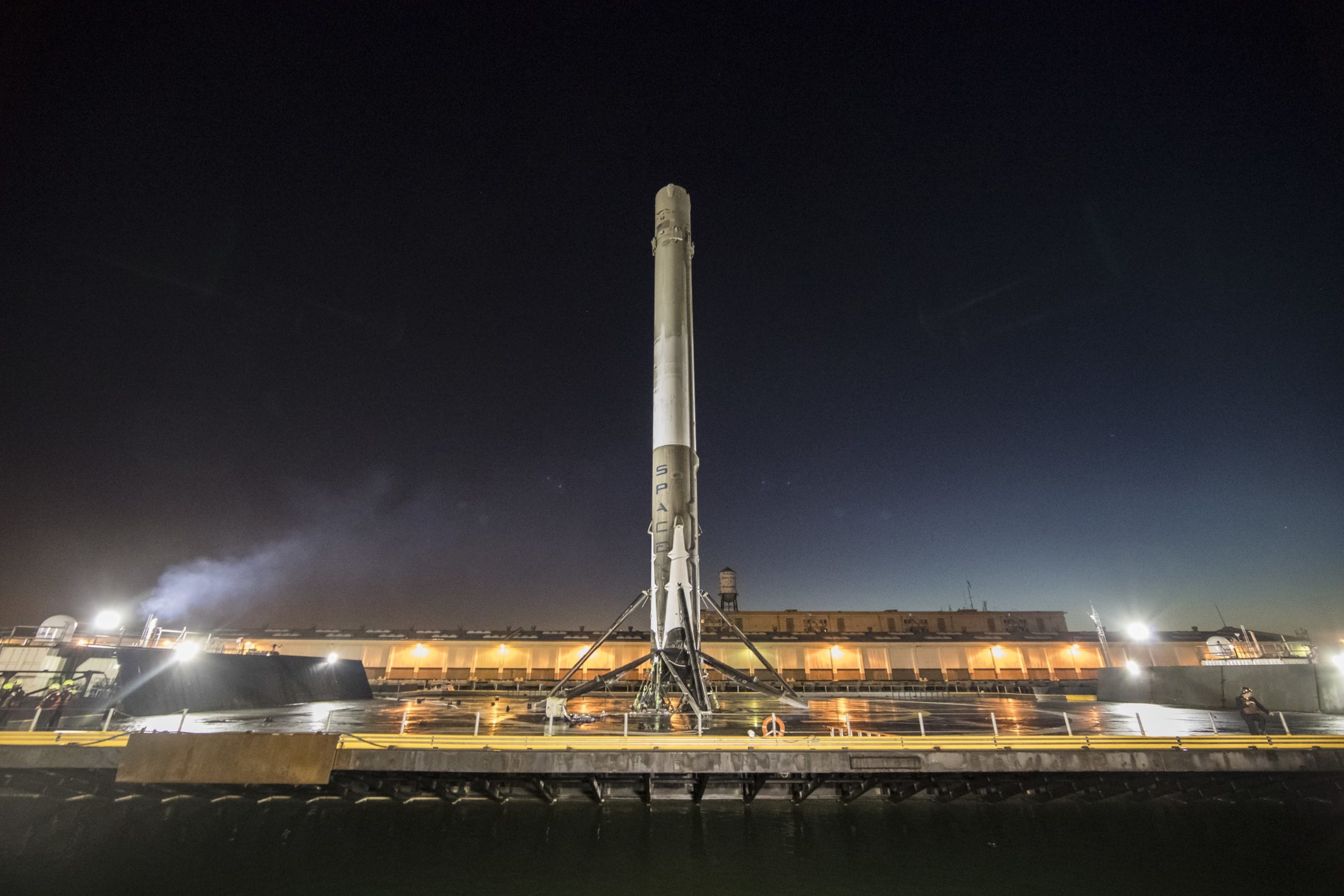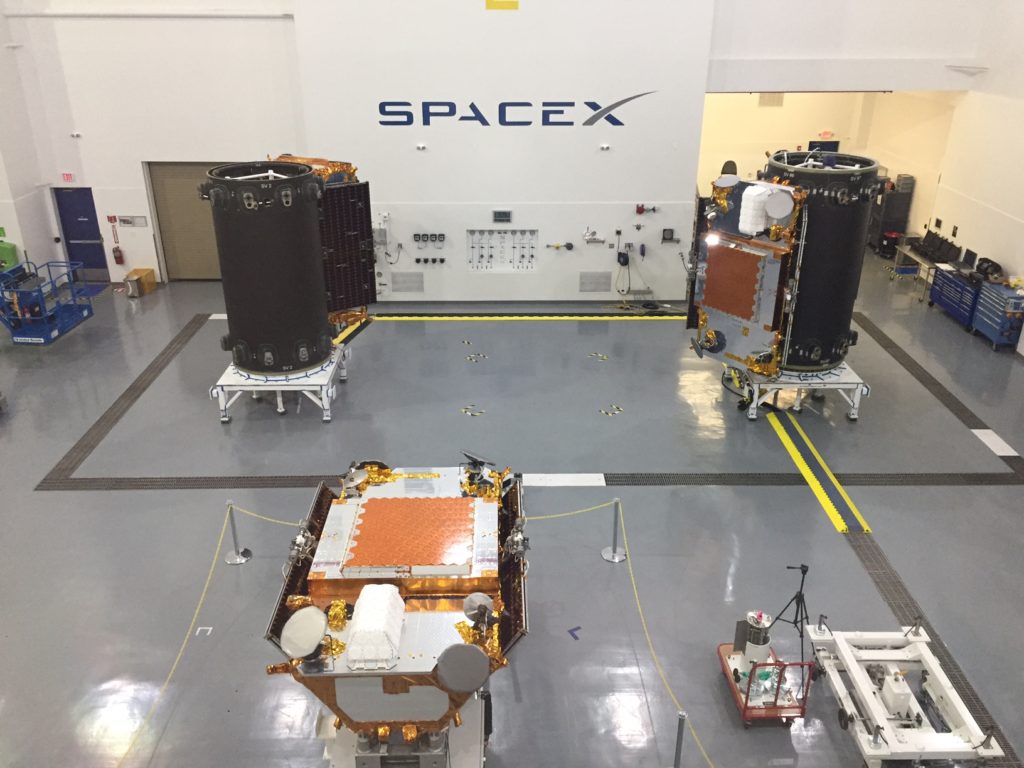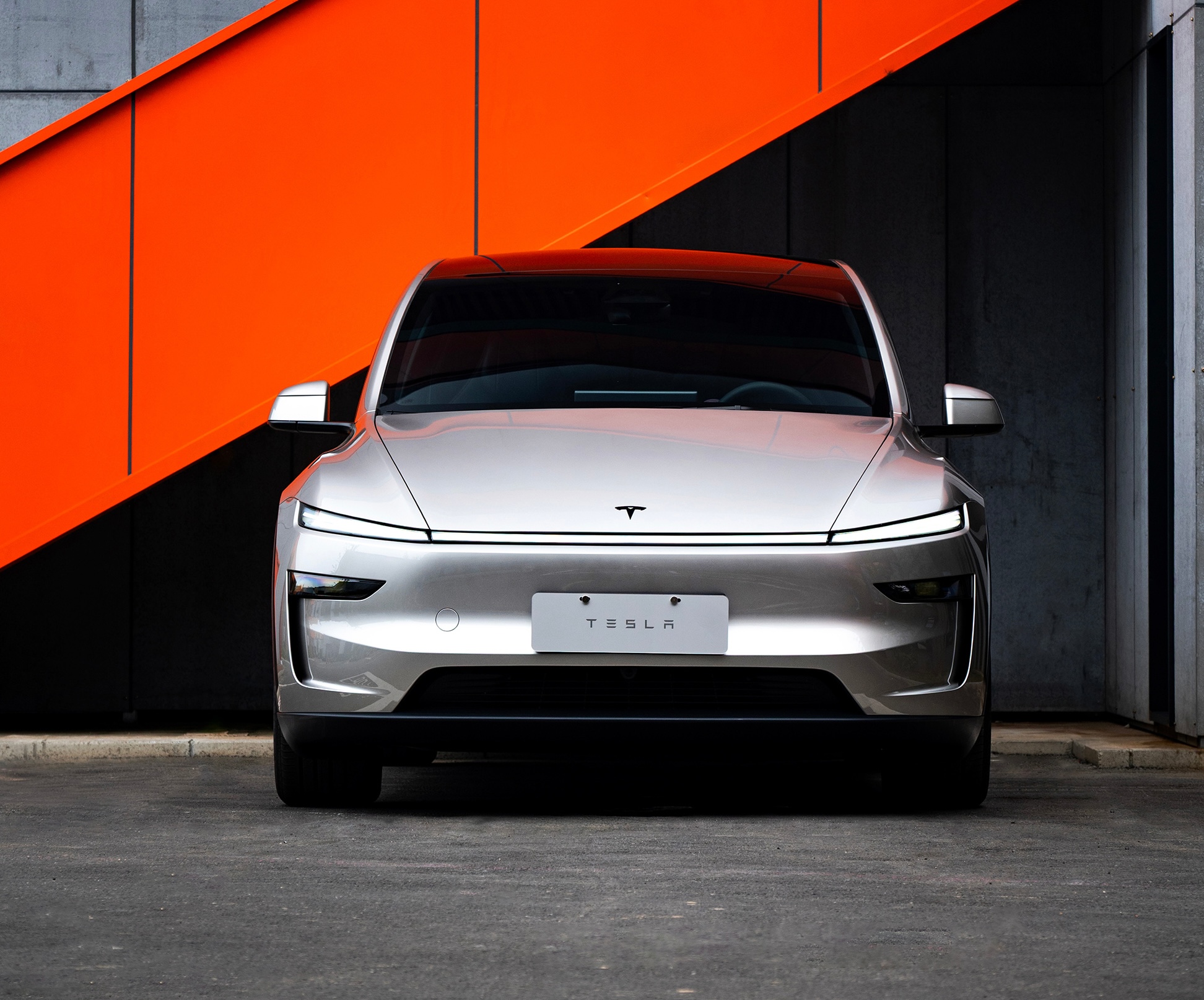

News
SpaceX to kick off October with two launches and landings in 48 hours
SES-11 to be the last launch from LC-39A ahead of pad modifications for Falcon Heavy
After successfully weathering Hurricane Irma, SpaceX is preparing to remedy a slow month with three or even four launches in October.
Beginning on October 2nd, schedules have firmed up for the launch of SES-11 aboard a refurbished Falcon 9 first stage. SES, a Luxembourg-based satellite communications company, took the courageous and pioneering step of purchasing the first reused Falcon 9 for a commercial launch, culminating in the successful SES-10 mission in March 2017. Following that successful first reuse, SpaceX would later launch Bulgariasat-1 aboard a similarly-refurbished booster. SES-11 will become the third commercial reuse of an orbital rocket when it launches early next month from SpaceX’s LC-39A launch pad, and is currently expected to attempt a landing on a drone ship in the Atlantic Ocean.
All 10 Iridium NEXT satellites for the third launch are onsite at Vandenberg. Launching on a Falcon 9, October 4, 6:06am PDT (1:06pm UTC). pic.twitter.com/xBSWpYOx32
— NSF – NASASpaceflight.com (@NASASpaceflight) September 20, 2017
If all goes as planned, SpaceX will launch a second Falcon 9 as few as 36 hours after the SES-11 mission, this time carrying the third batch of 10 Iridium NEXT satellites from Vandenberg Air Force Base, California. All ten satellites have arrived at SpaceX’s VAFB facilities and will be attached to the payload dispenser and later encapsulated inside Falcon 9’s payload fairing over the next two weeks. The Iridium-3 launch will also see the Falcon 9 first stage land aboard SpaceX’s second drone ship, and is bound to be reminiscent of the two back-to-back launches SpaceX conducted on both coasts earlier this summer.

Iridum NEXT satellites being attached to the payload dispenser at SpaceX’s VAFB facilities. (Iridium)
Meanwhile, SpaceX has received an FCC license for first stage recovery activities beginning on October 14th, which meshes well with a scheduled launch date for KoreaSat-5, also 10/14. This date is dependent upon a number of variables that are currently hard to account for, and may slip further into October due to work expected to begin at the LC-39A pad after the launch of SES-11. Confirmed by Chris Bergin of NASASpaceflight.com, SpaceX is planning for SES-11 to be the last mission from the venerable launch pad for several weeks at a minimum, likely closer to several months.
10 days (Sept. 29) to SpaceX Falcon 9 (SES-11) Static Fire…at 39A. Oct. 2 launch, then all hands on deck to prep 39A TEL for Falcon Heavy. pic.twitter.com/B2zxLILqkU
— NSF – NASASpaceflight.com (@NASASpaceflight) September 19, 2017
This downtime is meant to begin at the same time LC-40, SpaceX’s second East coast pad, is reactivated for Falcon 9 launches. In the best-case scenario, this will allow the company to continue business as usual as it modifies LC-39A for Falcon Heavy, which is expected to begin on-pad testing later this year and potentially conduct an inaugural launch as early as November. As such, KoreaSat-5’s Falcon 9 may end up being the pathfinder SpaceX uses to solve the problems and squash the bugs that will inevitably arise while activating a new launch pad. Delays ought to be expected.
Following KoreaSat-5, the next SpaceX launch is not yet clear but will likely be Iridium-4, NEXT satellites 31-40. Including the three launches discussed above, SpaceX is likely to conduct 7-8 more launches before the end of 2017, not counting Falcon Heavy’s inaugural launch due to uncertainty.

Elon Musk
Tesla needs to come through on this one Robotaxi metric, analyst says
“We think the key focus from here will be how fast Tesla can scale driverless operations (including if Tesla’s approach to software/hardware allows it to scale significantly faster than competitors, as the company has argued), and on profitability.”

Tesla needs to come through on this one Robotaxi metric, Mark Delaney of Goldman Sachs says.
Tesla is in the process of rolling out its Robotaxi platform to areas outside of Austin and the California Bay Area. It has plans to launch in five additional cities, including Houston, Dallas, Miami, Las Vegas, and Phoenix.
However, the company’s expansion is not what the focus needs to be, according to Delaney. It’s the speed of deployment.
The analyst said:
“We think the key focus from here will be how fast Tesla can scale driverless operations (including if Tesla’s approach to software/hardware allows it to scale significantly faster than competitors, as the company has argued), and on profitability.”
Profitability will come as the Robotaxi fleet expands. Making that money will be dependent on when Tesla can initiate rides in more areas, giving more customers access to the program.
There are some additional things that the company needs to make happen ahead of the major Robotaxi expansion, one of those things is launching driverless rides in Austin, the first city in which it launched the program.
This week, Tesla started testing driverless Robotaxi rides in Austin, as two different Model Y units were spotted with no occupants, a huge step in the company’s plans for the ride-sharing platform.
Tesla Robotaxi goes driverless as Musk confirms Safety Monitor removal testing
CEO Elon Musk has been hoping to remove Safety Monitors from Robotaxis in Austin for several months, first mentioning the plan to have them out by the end of 2025 in September. He confirmed on Sunday that Tesla had officially removed vehicle occupants and started testing truly unsupervised rides.
Although Safety Monitors in Austin have been sitting in the passenger’s seat, they have still had the ability to override things in case of an emergency. After all, the ultimate goal was safety and avoiding any accidents or injuries.
Goldman Sachs reiterated its ‘Neutral’ rating and its $400 price target. Delaney said, “Tesla is making progress with its autonomous technology,” and recent developments make it evident that this is true.
Investor's Corner
Tesla gets bold Robotaxi prediction from Wall Street firm
Last week, Andrew Percoco took over Tesla analysis for Morgan Stanley from Adam Jonas, who covered the stock for years. Percoco seems to be less optimistic and bullish on Tesla shares, while still being fair and balanced in his analysis.

Tesla (NASDAQ: TSLA) received a bold Robotaxi prediction from Morgan Stanley, which anticipates a dramatic increase in the size of the company’s autonomous ride-hailing suite in the coming years.
Last week, Andrew Percoco took over Tesla analysis for Morgan Stanley from Adam Jonas, who covered the stock for years. Percoco seems to be less optimistic and bullish on Tesla shares, while still being fair and balanced in his analysis.
Percoco dug into the Robotaxi fleet and its expansion in the coming years in his latest note, released on Tuesday. The firm expects Tesla to increase the Robotaxi fleet size to 1,000 vehicles in 2026. However, that’s small-scale compared to what they expect from Tesla in a decade.
Tesla expands Robotaxi app access once again, this time on a global scale
By 2035, Morgan Stanley believes there will be one million Robotaxis on the road across multiple cities, a major jump and a considerable fleet size. We assume this means the fleet of vehicles Tesla will operate internally, and not including passenger-owned vehicles that could be added through software updates.
He also listed three specific catalysts that investors should pay attention to, as these will represent the company being on track to achieve its Robotaxi dreams:
- Opening Robotaxi to the public without a Safety Monitor. Timing is unclear, but it appears that Tesla is getting closer by the day.
- Improvement in safety metrics without the Safety Monitor. Tesla’s ability to improve its safety metrics as it scales miles driven without the Safety Monitor is imperative as it looks to scale in new states and cities in 2026.
- Cybercab start of production, targeted for April 2026. Tesla’s Cybercab is a purpose-built vehicle (no steering wheel or pedals, only two seats) that is expected to be produced through its state-of-the-art unboxed manufacturing process, offering further cost reductions and thus accelerating adoption over time.
Robotaxi stands to be one of Tesla’s most significant revenue contributors, especially as the company plans to continue expanding its ride-hailing service across the world in the coming years.
Its current deployment strategy is controlled and conservative to avoid any drastic and potentially program-ruining incidents.
So far, the program, which is active in Austin and the California Bay Area, has been widely successful.
News
Tesla Model Y L is gaining momentum in China’s premium segment
This suggests that the addition of the Model Y L to Tesla China’s lineup will not result in a case of cannibalization, but a possible case of “premiumization” instead.

Tesla’s domestic sales in China held steady in November with around 73,000 units delivered, but a closer look at the Model Y L’s numbers hints at an emerging shift towards pricier variants that could very well be boosting average selling prices and margins.
This suggests that the addition of the Model Y L to Tesla China’s lineup will not result in a case of cannibalization, but a possible case of “premiumization” instead.
Tesla China’s November domestic numbers
Data from the a Passenger Car Association (CPCA) indicated that Tesla China saw domestic deliveries of about 73,000 vehicles in November 2025. This number included 34,000 standard Model Y units, 26,000 Model 3 units, and 13,000 Model Y L units, as per industry watchers.
This means that the Model Y L accounted for roughly 27% of Tesla China’s total Model Y sales, despite the variant carrying a ~28% premium over the base RWD Model Y that is estimated to have dominated last year’s mix.
As per industry watcher @TSLAFanMtl, this suggests that Tesla China’s sales have moved towards more premium variants this year. Thus, direct year-over-year sales comparisons might miss the bigger picture. This is true even for the regular Model Y, as another premium trim, the Long Range RWD variant, was also added to the lineup this 2025.
November 2025 momentum
While Tesla China’s overall sales this year have seen challenges, the Model Y and Model 3 have remained strong sellers in the country. This is especially impressive as the Model Y and Model 3 are premium-priced vehicles, and they compete in the world’s most competitive electric vehicle market. Tesla China is also yet to roll out the latest capabilities of FSD in China, which means that its vehicles in the country could not tap into their latest capabilities yet.
Aggregated results from November suggest that the Tesla Model Y took the crown as China’s #1 best-selling SUV during the month, with roughly 34,000 deliveries. With the Model Y L, this number is even higher. The Tesla Model 3 also had a stellar month, seeing 25,700 deliveries during November 2025.








